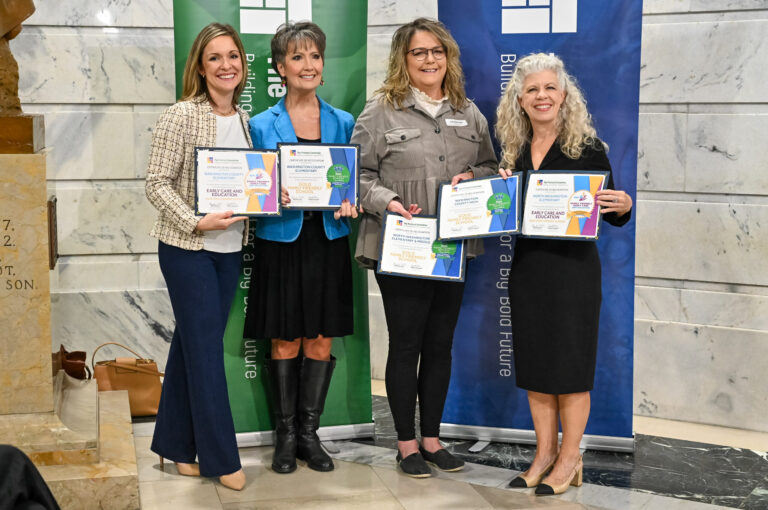Tough choices must be made to ensure children continue to learn at a steady pace through pandemic

Last week, WHAS 11 reported that cases among those aged 19 and younger in Kentucky now represent more than 9% of our COVID-19 cases. This news comes just as schools across the state were finalizing what re-opening would look like in August and will impact parental choices on what their children’s education should like this fall. Following a weekend spike in newly reported COVID-19 cases, Gov. Andy Beshear said Monday during his daily press briefing, “I need to see us start turning this tide around or we’ll have to look at recommendations for schools. We can’t have our children and our teachers going into really difficult situations.”While school districts and the Kentucky Department of Education have worked tirelessly coming up with guidance and recommendations for returning to in-person classes, the fact remains that crowded school hallways, lunch lines, and school as we know it may be further out on the horizon than we thought as little as one month ago.Education delivery will vary if a school is urban or rural depending on the prevalence of the virus in the population, or if its students have adequate access to the internet. It will also vary from classroom to classroom. Students in K-5 classrooms have different needs that those in middle and high schools. The needs of special education students also vary. The safety of educators and school staff must also be considered.Now is the time to start thinking far, far outside the box on what education delivery can look like, taking all of these variables into consideration. These decisions should not be made in a vacuum either. From the federal and state levels, down to the district and every home within it, tough choices and sacrifices must be made to ensure children continue to learn at a steady pace AND that the threat of threat of COVID-19 is minimized to students, educators and school staff.A new report from the National Academies on Science, Engineering and Mathematics stated last week that there will not be a one-size-fits all approach to back to school for any district among the pandemic, and went so far as to suggest priority be placed on the foundational years of learning.“Given the importance of in-person interaction for learning and development,” the report stated, “districts should prioritize reopening with an emphasis on providing full-time, in-person instruction in grades K-5 and for students with special needs who would be best served by in-person instruction.”The report also recommended state and local decision-makers and education leaders develop a mechanism, such as a local task force, that allows for input from representatives of school staff, families, local health officials, and other community interests to inform decisions related to reopening schools. We are thankfully seeing that already happening in many of our communities, and at the state level with the Education Continuation Task Force.In developing plans for reopening schools and implementing mitigation strategies, the National Academies report also states that existing disparities within and across schools must be taken into consideration.“Across districts, plans need to address disparities in school facilities, staffing shortages, overcrowding, and remote learning infrastructures. Within schools, plans should address disparities in resources for students and families. These issues might include access to technology, health care services, ability to provide masks for students, and other considerations.”This week, we at the Prichard Committee will be discussing solutions to education delivery for the 2020-21 school year on our weekly episode of Innovations in Education. Panelists will include Rockcastle County Schools Superintendent Carrie Ballinger, Ballard County Schools Superintendent Casey Allen, Fayette County Success Academy Principal Dr. Janice Wyatt-Ross, Kentucky School Boards Association Government Affairs Director Eric Kennedy, and Southern Regional Education Board President Dr. Stephen Pruitt. Watch live on Facebook or on our archive.




